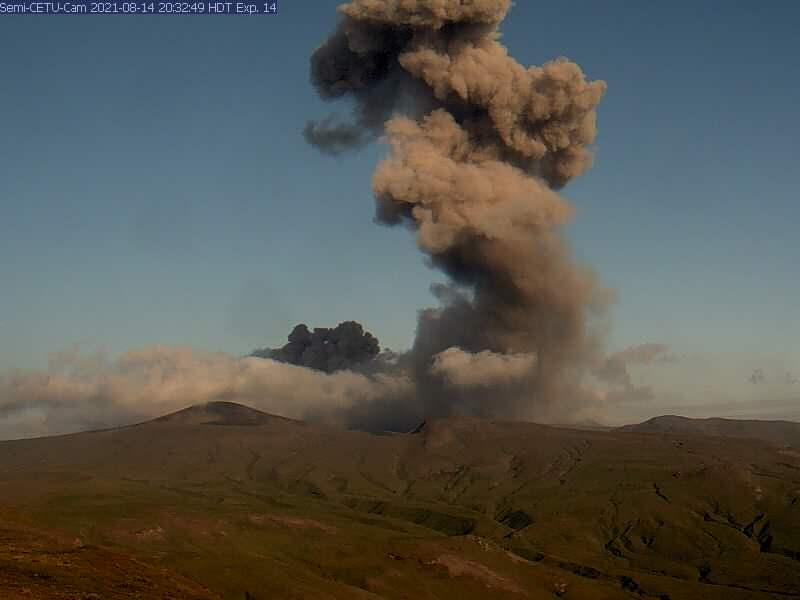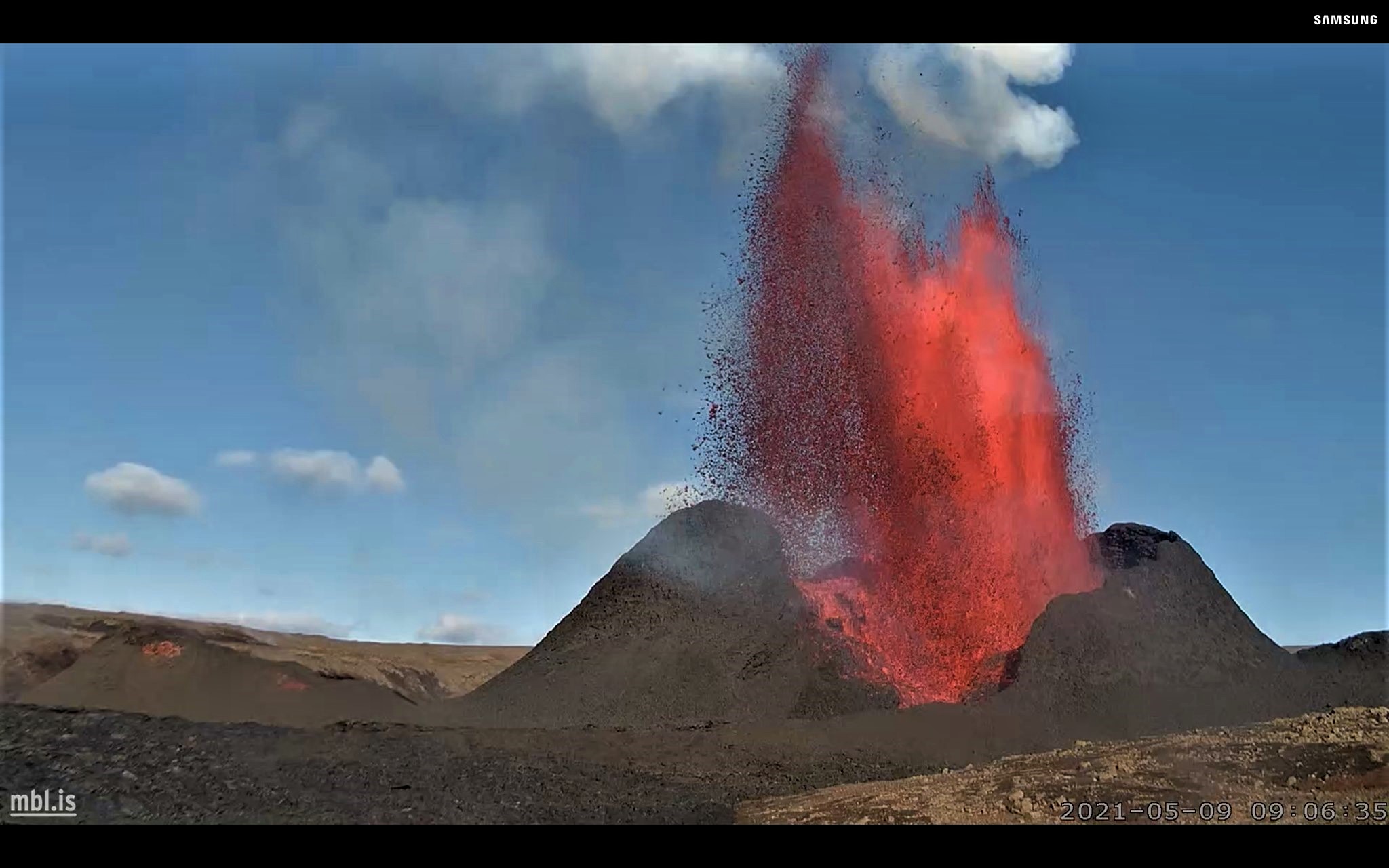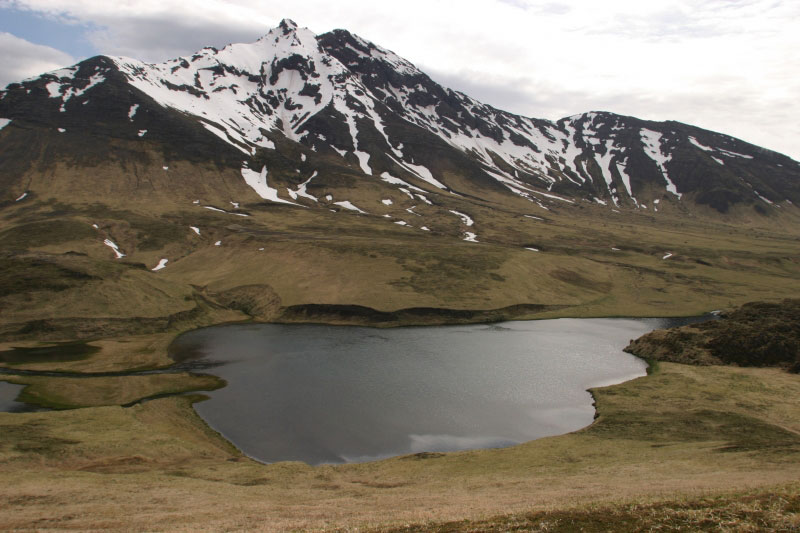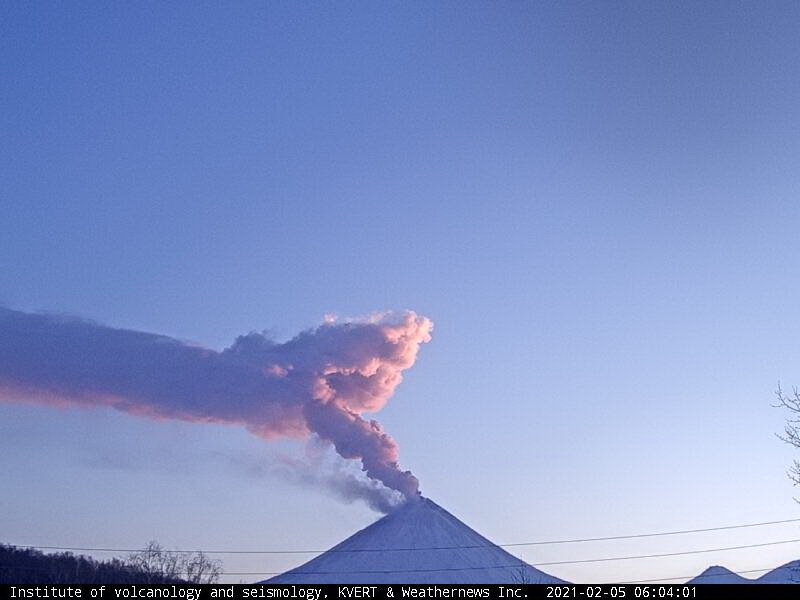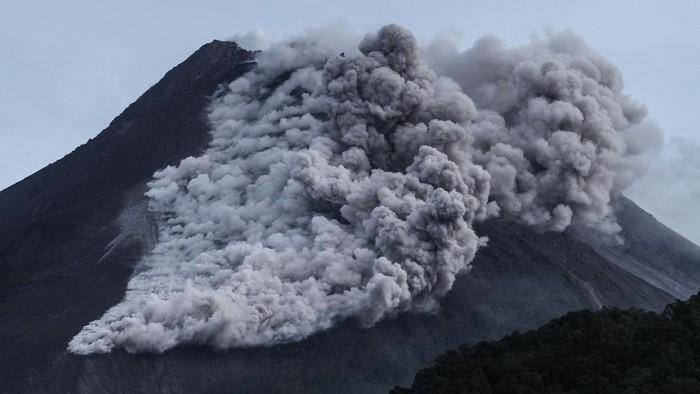September 10, 2021. EN. Iceland : Askja / Skafta River , Alaska : Semisopochnoi , Northern Kuril Islands : Ebeko , Indonesia : Merapi , Chile : Cerro Hudson .
September 10 , 2021. Iceland , Askja / Skafta River : Level of uncertainty declared for the current uplift of the Askja volcano, September 09, 2021. Next week,…

